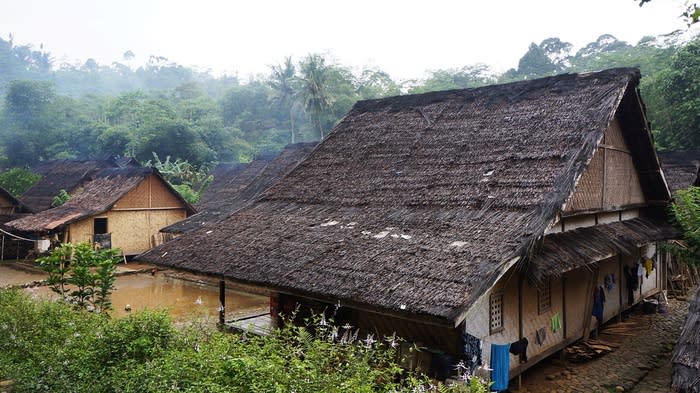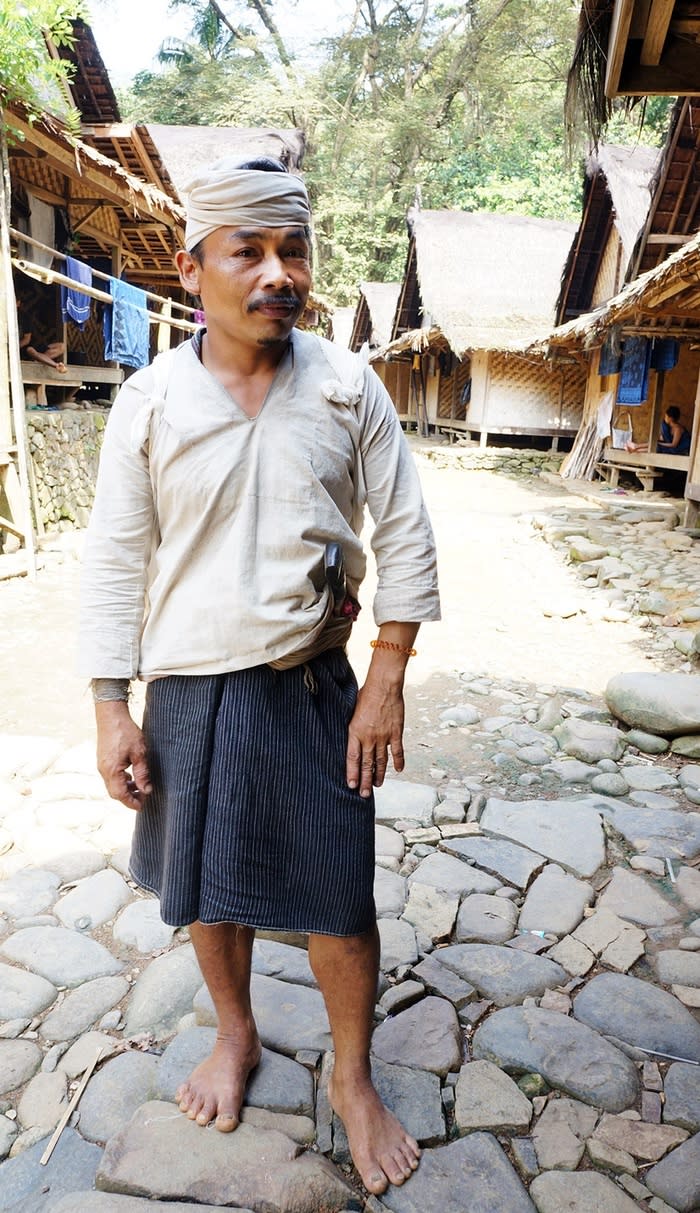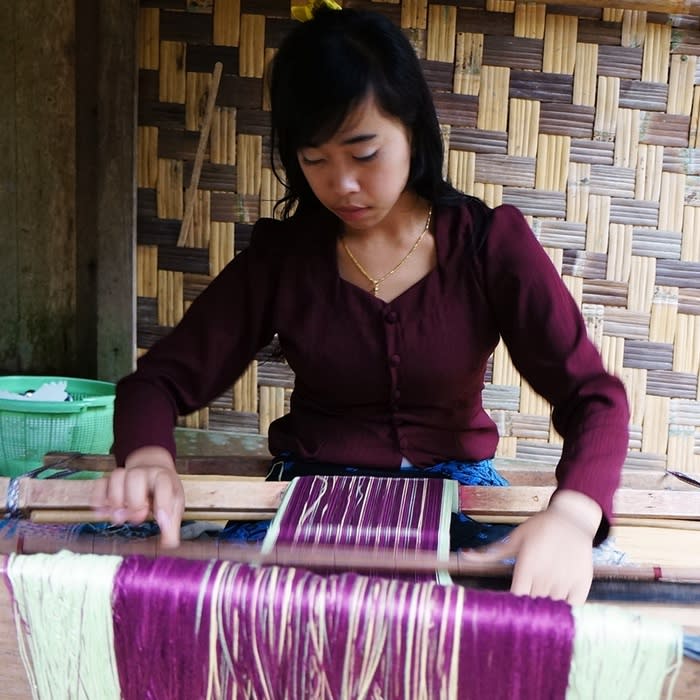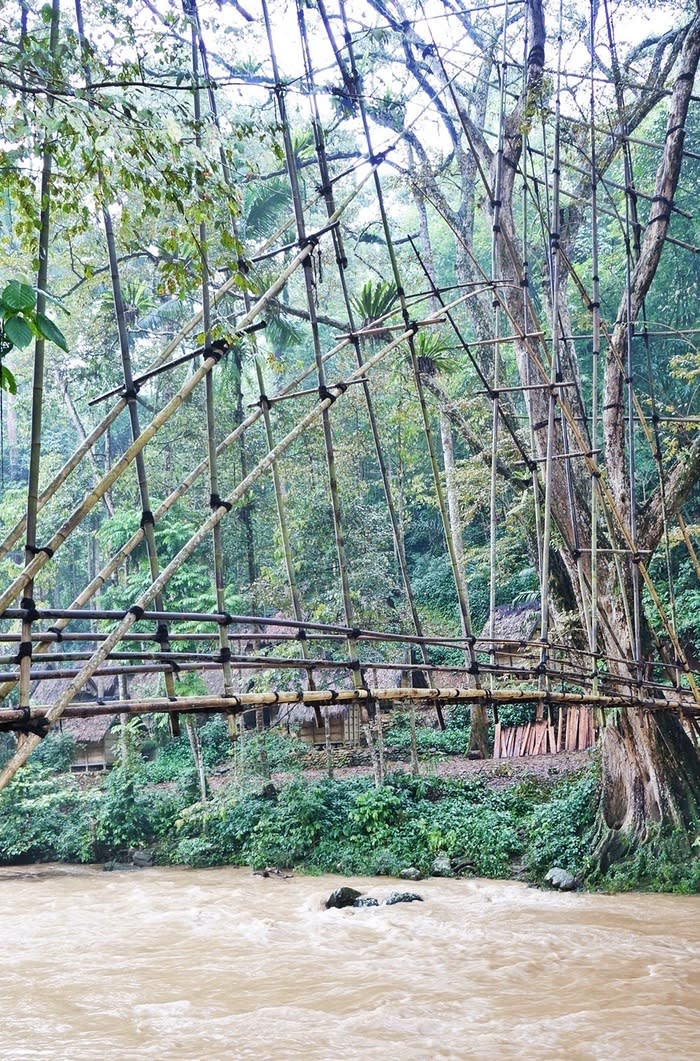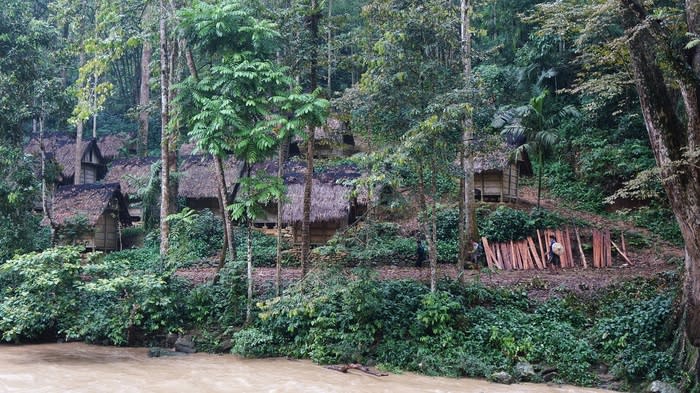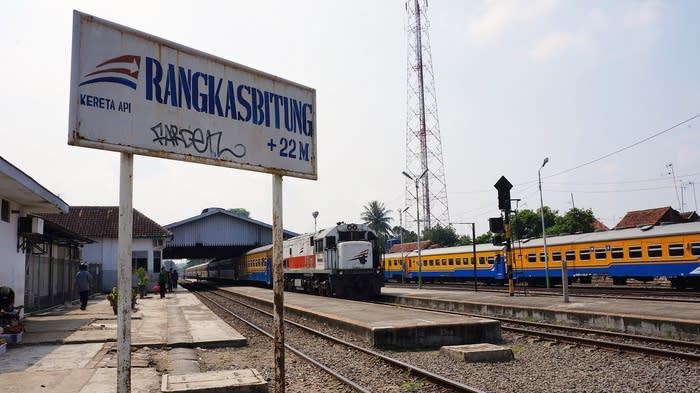Living the simple life in Baduy village
"Baduy" refers both to a region in Lebak regency, Banten province, and to the people who live there. Kanekes village, the heart of the region and of the people, lies on the verdant western slope of Mount Kendeng, and is a three-hour drive from Jakarta, and 90 minutes from Rangkasbitung, the capital of Lebak.
Home to about 12,000 people, Kanekes village encompasses 60 kampungs, some of which make up Baduy. Three of those constitute Baduy Dalam, or Inner Baduy, where local residents maintain a traditional way of life and resist the encroachment of the modern world.
To the Baduy, the world has only three areas: Baduy Dalam, Baduy Luar (Outer Baduy) and Luar Baduy (everything outside Baduy). As you move from the outside to the inside, traditional custom becomes more strictly enforced.
While all of Baduy is without electricity, in Baduy Dalam, devices are forbidden as is travel by vehicle. Baduy Luar, however, permits some motorized transportation.
“Baduy Luar people act as liaison for Baduy Dalam people to the outside world. In the past, especially during the colonial era, outsiders couldn’t enter Baduy Dalam . And the Baduy Dalam people could also not go past Kanekes village," said a young man from Baduy Luar named Musung.
Upon entering the first kampung in Kanekes village, called Kaduketung, you will immediately feel that you have stepped into the past.
Traditional Baduy houses made from bamboo and local wood are neatly arranged along the side of the road. Baduy adults and kids, all wearing black or white shirts, pants and headbands, all walk around barefoot.
The Baduy Luar people, also known as Panamping, always wear black clothes. The men also wear black or dark blue headbands while the women wear batik sarongs.
If you walk through the kampung, you will reach a bamboo bridge over the Ciujung River, the border between Baduy Luar and Baduy Dalam.
In the morning, there many activities occur around the river. For the Baduy, it is a place for bathing and washing clothes, though all chemically based soap or shampoo is forbidden.
Cross the bridge to Inner Baduy, and you will encounter small bamboo rice barns with palm fiber roofs.
The path to reach the three kampung of Baduy Dalam -- Cikeusik, Cibeo and Cikartawarna -- is challenging, winding over hills and through valleys.
The heart of Baduy Dalam is known as Tangtu kampung, where people all dress in white and the ethnic and religious leaders, called Pu'un live. People here are quiet, calm and respectful.
While taking pictures in Baduy Luar is permitted, all cameras are forbidden in Baduy Dalam. Also, access for outsiders is limited.
“There is a fasting period called Kawalu in Baduy Dalam. During this period, outsiders are prohibited from visiting the Tangtu territory,” said Musung.
He added that visitors staying in Baduy Luar and Baduy Dalam were urged not to use any soap or shampoo to avoid polluting the river and to control their speech and laughter so as not to cause disturbances.
How to get there
Reaching the village from Jakarta is not easy.
By public transportation, take the morning express train from Tanah Abang Station at 8.30 a.m. to Rangkas Bitung Station in Lebak regency, a 90-minute trip. From Rangkas Bitung, take a public bus to Ciboleger village, the nearest one to Kanekes village (also called Baduy village). The one-hour bus trip to Ciboleger Station will cost Rp 20,000 (US$1.74).
Ciboleger is the main gate through which to enter the Baduy village in Kanekes. Other gates to enter the area are Parigi and Simpang Koranji, but the entrance from Ciboleger is the most recommended for visitors because you will easily find local guides to take you to the village.
Where to stay
Homestays are available in Kampung Gajeboh, which is four kampungs away from Ciboleger, or a 30-minute trek over hilly terrain. By spending the night in a local's house, you will get to experience their traditional way of life -- bathe in the river, enjoy night without electricity and watch Baduy women weave traditional fabrics on the porch.
What to eat
Since there are no food vendors in the village, you should prepare your own meal back at home or bring with you instant foods and vegetables. At the village, you can ask the locals to cook them for you. The locals may also have some rice or other staples that you can eat.
Read also:



